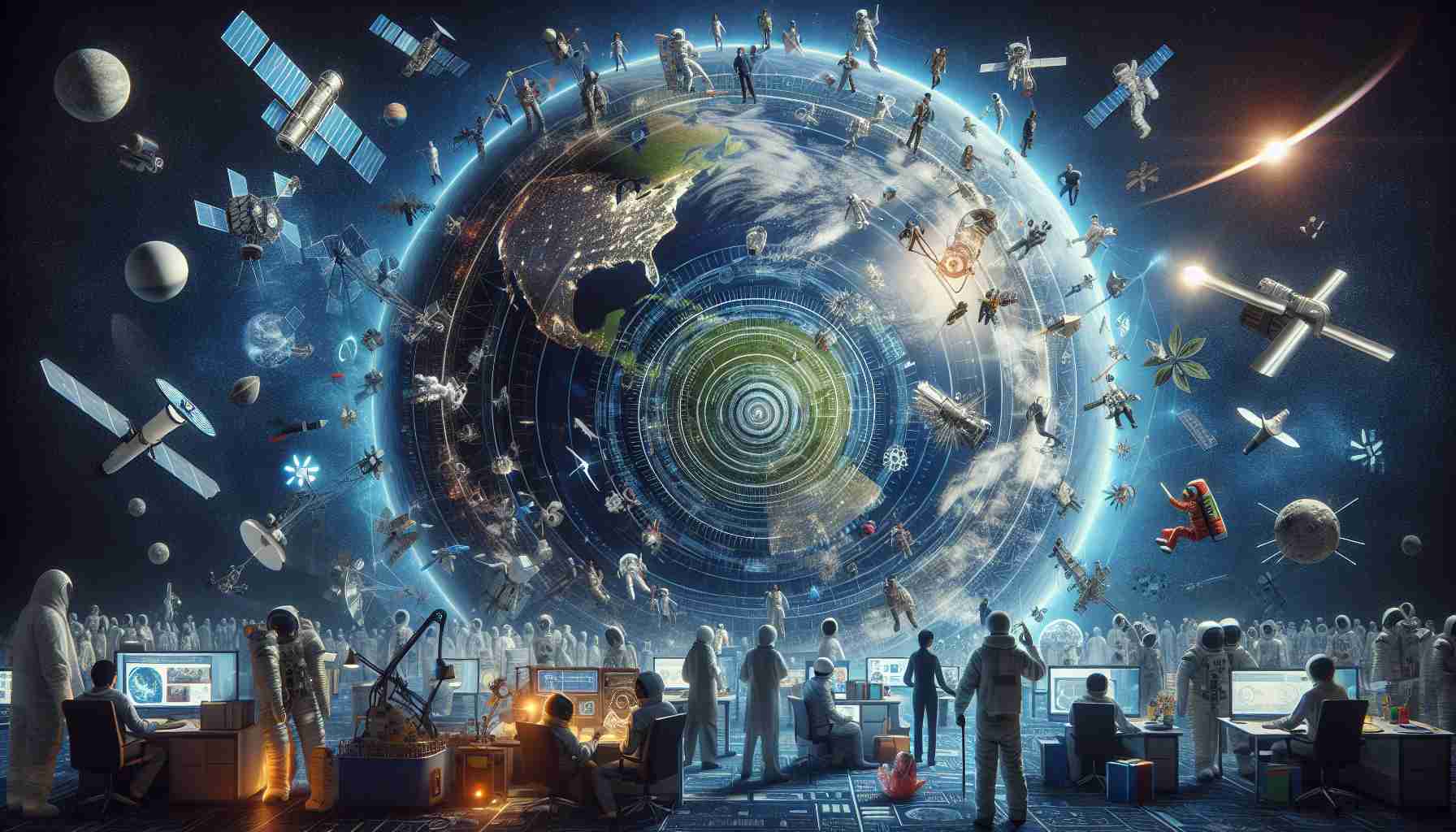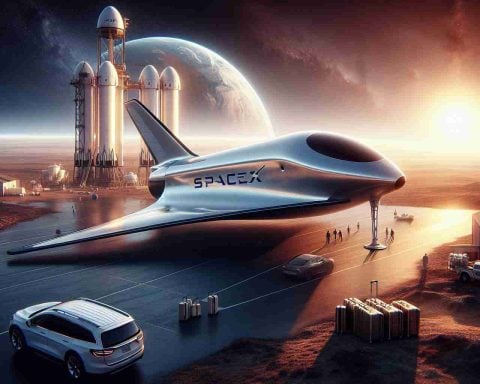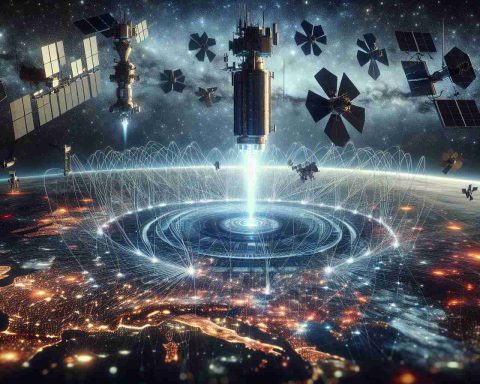The UK and New Zealand are pioneering a new era of space sustainability through a groundbreaking partnership focused on the removal and servicing of satellites in close proximity.
Satellite technology has become indispensable in our modern world, leading to an overcrowding of Earth’s orbits with potential space debris. The urgent call for innovative solutions to clear this debris and prolong the lifespan of satellites has prompted the two nations to join forces in addressing these critical challenges.
Collaborative efforts between the UK and New Zealand seek to navigate the complexities of rendezvous and proximity missions, ensuring adherence to international regulations for multistate operations. By establishing a framework that outlines liability allocation, licensing procedures, and information sharing practices, the partnership aims to streamline the execution of in-orbit servicing and debris removal missions.
Dr. Paul Bate, Chief Executive of the UK Space Agency, emphasized the significance of this pioneering arrangement, highlighting its potential to set a global standard for sustainable space practices. Iain Cossar, Head of the New Zealand Space Agency, echoed this sentiment, reaffirming their shared commitment to a safe and sustainable space environment.
Beyond the immediate impact of this collaboration, the UK and New Zealand’s initiatives are poised to influence broader international efforts in space sustainability. As space exploration transitions into a new phase marked by private ventures, this partnership serves as a beacon for responsible and cooperative practices in the realm of space missions.
From the world’s first private spaceport in New Zealand to upcoming space launches in the UK, the global market for In-Orbit Services and Manufacturing presents vast opportunities for economic growth and technological advancement. By embracing this shared vision of sustainability, the UK and New Zealand are paving the way for a more secure and efficient utilization of space resources.
Joanne Wheeler, Managing Director of the Earth & Space Sustainability Initiative, commended the UK and New Zealand’s collaborative spirit, recognizing it as a pivotal step towards ensuring the long-term viability of space exploration.
Exploring Further: Key Aspects of Space Debris Mitigation
While the collaboration between the UK and New Zealand sets a significant precedent in space sustainability, there are several other crucial questions and challenges to consider in the broader context of space debris mitigation and international collaboration for a sustainable future.
1. What are the current international frameworks governing space debris mitigation?
One of the key questions centers around the existing legal and regulatory frameworks that govern space activities, particularly regarding debris mitigation. International agreements such as the Outer Space Treaty and guidelines from organizations like the UN Committee on the Peaceful Uses of Outer Space play a vital role in shaping responsible space practices.
2. How do different spacefaring nations approach debris mitigation and in-orbit servicing?
Understanding the varied approaches taken by different countries towards debris mitigation and in-orbit servicing is essential for promoting harmonized standards and practices. Collaboration in this area can help bridge differences and foster a unified approach to space sustainability.
3. What technological innovations are driving advancements in debris removal and satellite servicing?
Advancements in technologies such as robotic arms, autonomous systems, and advanced propulsion systems are revolutionizing debris removal and satellite servicing capabilities. Identifying and promoting these innovative solutions is crucial for effective space debris mitigation strategies.
Key Challenges and Controversies:
– Liability and Responsibility: Allocating liability for space debris incidents and defining responsibilities in cases of collisions or malfunctions remains a contentious issue that requires careful consideration.
– Cost and Funding: Space debris mitigation and in-orbit servicing missions entail significant costs, raising questions about funding mechanisms and financial sustainability in the long term.
– Global Cooperation: While international collaboration is essential, differences in national interests, policies, and priorities can present challenges in achieving consensus on effective debris mitigation strategies.
Advantages and Disadvantages:
– Advantages: Collaborative efforts like the UK-New Zealand partnership can lead to shared knowledge, resources, and capabilities, enhancing the overall effectiveness of space sustainability initiatives.
– Disadvantages: Balancing interests and priorities among diverse stakeholders, managing geopolitical tensions, and ensuring equitable participation in collaborative projects are potential drawbacks that need to be addressed.
For further information on space debris mitigation and international collaboration, visit the official website of the United Nations Office for Outer Space Affairs at unoosa.org. This resource provides valuable insights into global initiatives aimed at ensuring a sustainable and secure space environment for future generations.



















